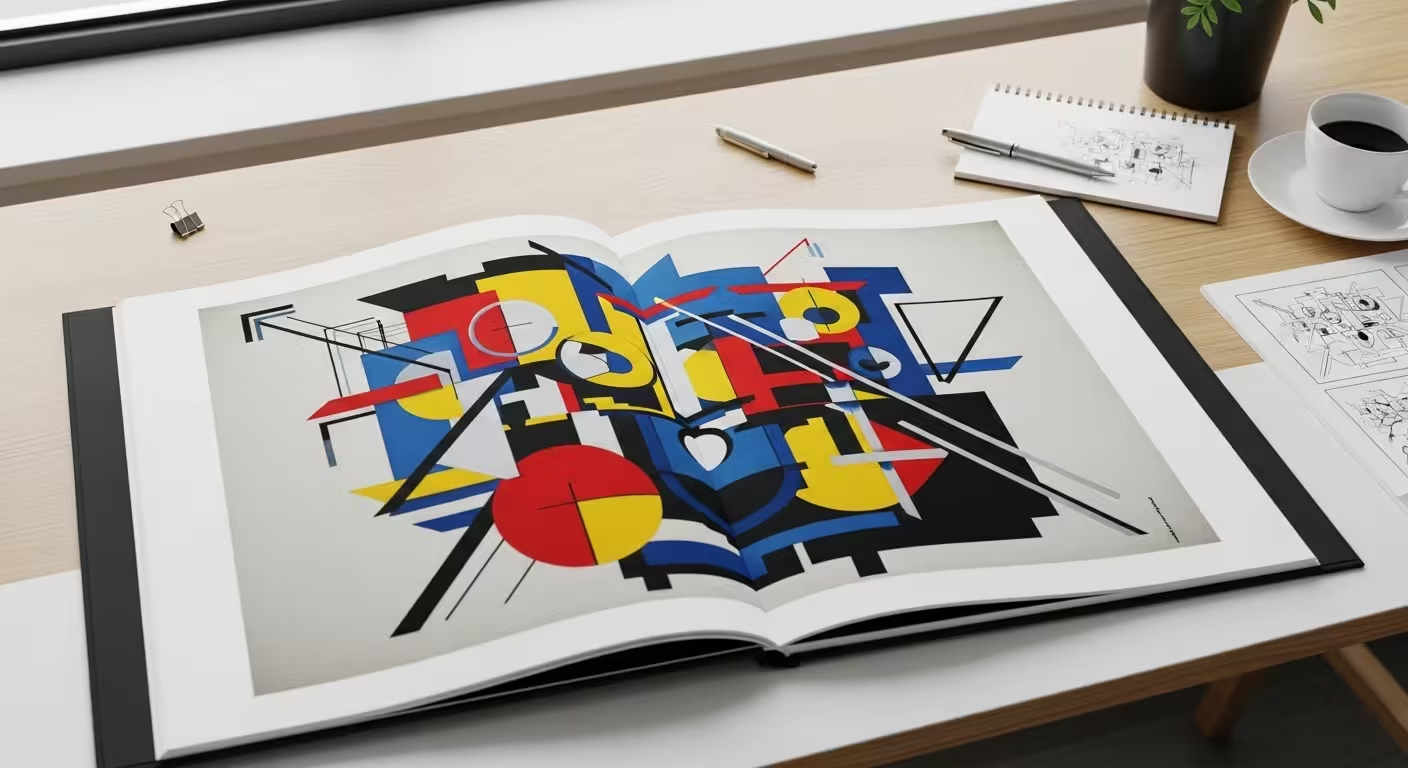Think your portfolio is just a collection of your best work? Think again. We spoke to creative directors across the industry to uncover the secret criteria they use to separate the amateurs from the must-hire talent.
Most designers believe their portfolio is simply a showcase of their favourite creations, but industry leaders see things differently. When we interviewed top creative directors, they unanimously agreed: a portfolio isn’t just an art gallery—it’s a strategic narrative.
The secret criteria they rely on extend far beyond technical skill and pretty visuals. Instead, they’re searching for well-curated projects that reveal your unique problem-solving ability, innovative process, and professional presentation.
These gatekeepers look for clarity, a consistent story behind each project, and evidence that you understand what clients and teams actually need. In short, standing out isn’t about showing everything you’ve ever made—it’s about demonstrating how you think, collaborate, and evolve as a designer.
Only those who crack this code make the leap from promising applicant to must-hire talent.

Introduction: The 30-Second Test
Picture this: a creative director has a stack of 50 portfolios to review before a late lunch. That’s the reality. Your portfolio isn’t just a gallery; it’s a strategic tool designed to pass a rapid, critical evaluation. It must demonstrate not just skill, but problem-solving, process, and professionalism.
This article will break down exactly what goes into a portfolio that doesn’t just get seen—it gets you the interview.
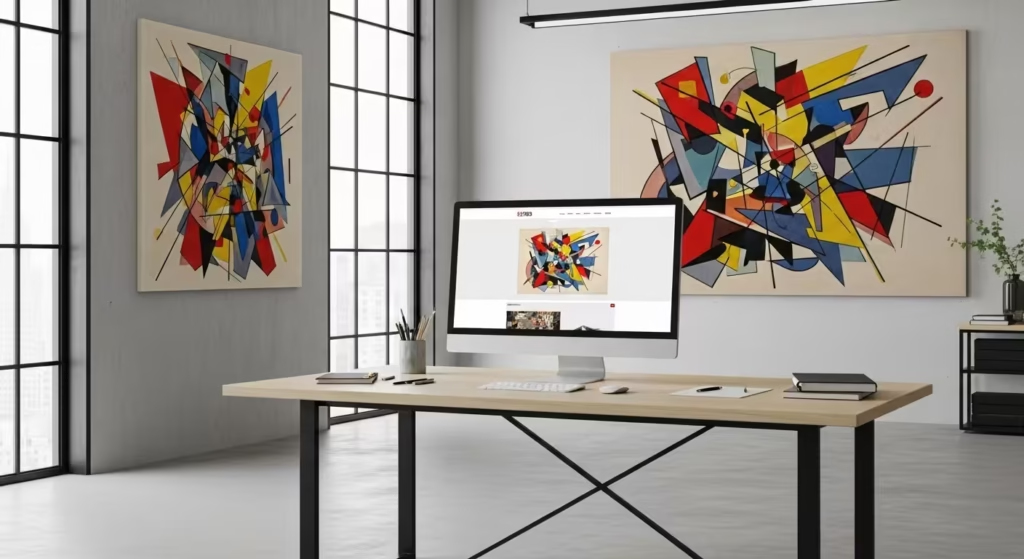
1. Curation Over Collection: The “Quality, Not Quantity” Rule
The biggest mistake many designers make is treating their portfolio like an archive. When faced with choice paralysis, a creative director will disengage.
The golden rule is to showcase 8-12 stellar projects, not 30 mediocre ones. This demonstrates your ability to self-edit and present only your strongest work. To demonstrate range the smart way, include a mix of projects—perhaps a branding initiative, a UX design case study, and some print work—without trying to be a jack of all trades.
Your first project is your killer opener; it sets the tone and must be your absolute strongest piece. This requires the courage to remove outdated or weak work, even if you’re personally proud of it. Knowing what to cut is as important as knowing what to include in your design portfolio.
One of the most common mistakes designers make is treating their portfolio like a storage locker. When a creative director faces a wall of work, choice paralysis sets in, and interest drops. The golden rule? Only showcase 8–12 outstanding projects, rather than an exhaustive archive.
This kind of curation demonstrates editorial maturity and signals your ability to self-edit. To present a balanced range, include different project types—branding initiatives, UX case studies, and select print work—without trying to be a jack-of-all-trades.
For tips on effective portfolio curation, see this guide on how to curate a creative portfolio.
Your opener is crucial: make sure your first project is the strongest, setting a high bar for the rest. Ruthlessly remove any work that doesn’t represent your current best. Knowing what to cut is every bit as important as knowing what to showcase.

2. The Narrative Arc: Every Project Tells a Story
A single, beautiful mockup is not a case study. Creative directors want to see your mind at work. Each project needs a compelling narrative. A portfolio of isolated mockups won’t cut it. Creative directors want to see your thinking, not just your final executions. Every project should follow a simple narrative arc:
- The Problem & Client Brief: Define the challenge, e.g., “Redesigning a mobile app to reduce onboarding time by 30%.” Consult this resource on how to write compelling design case studies.
- Your Role & Process: Clarify your contribution—did you lead or collaborate? Include sketches, mood boards, wireframes, or process notes.
- The Solution: Present clean, high-quality visuals of your work.
- The Impact & Results: Quantify successes wherever possible (“the redesign led to a 25% increase in sign-ups”).
The narrative transforms each project into a demonstration of your strategic approach, problem-solving, and creative process, not just aesthetic capability.
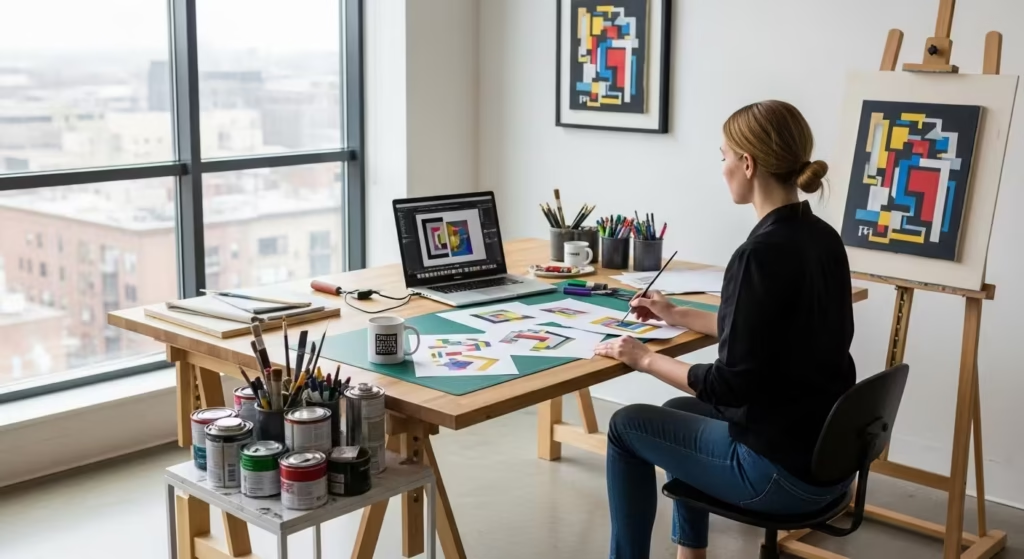
3. Craft & Presentation: The Devil in the Details
Flawless execution is non-negotiable. Spelling mistakes and grammatical errors can get you rejected instantly.
Your portfolio’s user experience is also under the microscope. Is the website navigation intuitive and fast? Is it mobile-friendly? A slow load time is a surefire way to get your tab closed.
Your ‘About Me’ page is your chance to connect. It should feature a professional photo, a compelling bio that shows your personality, and clear contact information. Furthermore, your personal brand should be evident through consistent typography and layout, making your portfolio site itself a piece of your best work.
The tiniest detail matters—typos or poor formatting can lead to instant rejection.
Your portfolio’s UX counts just as much as your work. Is the navigation intuitive? Is it fast and responsive? Test your site’s performance using free tools like Squoosh for image optimisation and Google PageSpeed Insights. Anything less than seamless is a risk, as slow load times get your site closed.
Your ‘About Me’ page is also a showcase—include a professional photo, a compelling bio, and simple contact options. Typography and layout should consistently reflect your personal brand, making your portfolio feel like an extension of your design ethos.
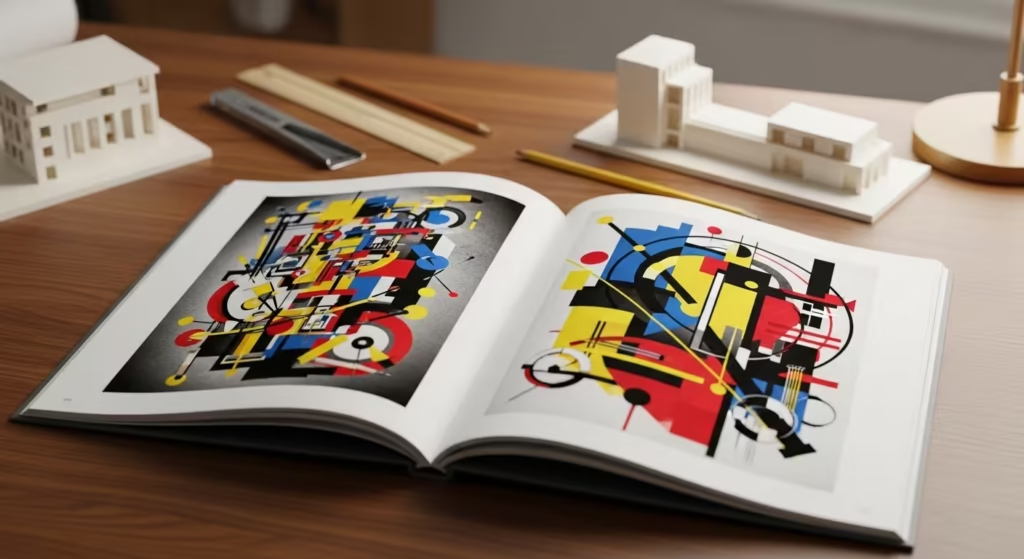
4. The “X-Factor”: What Makes a Candidate Memorable
Beyond the work, creative directors are looking for a spark. Passion projects are a fantastic way to show your unique interests and drive, often revealing your most innovative thinking.
They also provide a natural talking point about your soft skills and what you’re like as a person, which heavily influences culture fit.
Being able to articulate your thought process—why you made certain design decisions—is crucial. Your portfolio should set the stage for this conversation, proving you’re not just a pair of hands but a thoughtful problem-solver.
Check out our YouTube episode where we dive into insider strategies for building a design portfolio that gets you noticed by creative directors. Get actionable advice, real-world examples, and tips to make your work stand out in just 30 seconds.
Skill alone isn’t enough. Creative directors are drawn to designers who display thoughtfulness, innovation, and genuine passion. Passion projects are ideal for demonstrating unique perspectives and creative drive. These projects often ignite conversation and reveal soft skills vital for team fit.
If you can clearly articulate your thought process—why you made certain choices—you’ll stand out as a true problem-solver. See how top studios like Pentagram highlight their culture and individual approach.
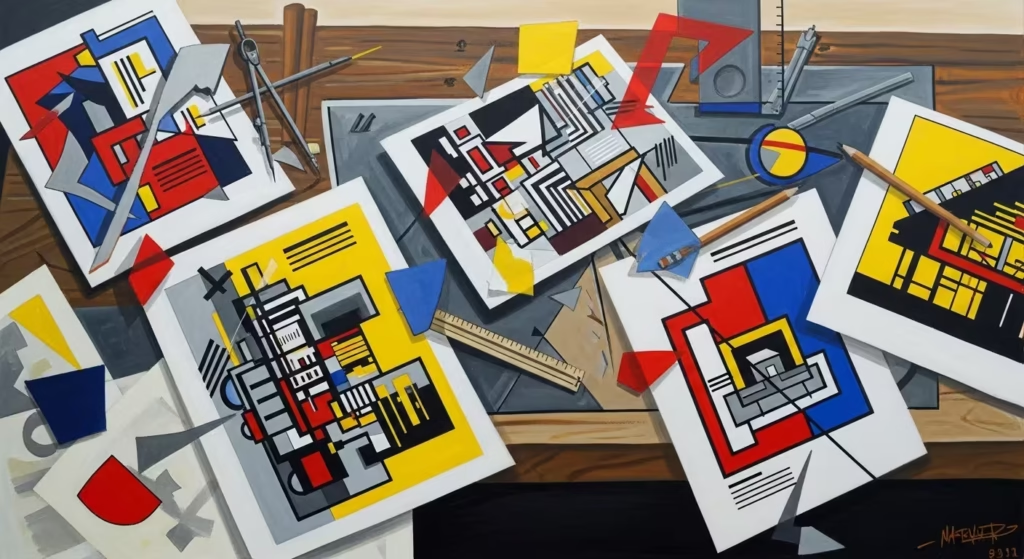
5. Common Pitfalls That Get Portfolios Rejected
Even brilliant work can be undermined by basic errors. Even great work is undermined by basics. Check your portfolio for:
Missing Live Links: Always link to real world demos if available.
Mystery Meat Navigation: Don’t get clever at the expense of clarity. Ensure intuitive navigation—see UX best practices for guidance.
Lack of Context: Images without stories mean missed opportunities. Use the narrative framework.
Clutter: More isn’t better. Curate for impact.
Slow Load Times: Optimise images, use reliable hosting—consider Elementor for WordPress for fast, accessible sites.
Before you publish or update your portfolio, run through this actionable checklist to ensure every element aligns with what creative directors are seeking.
| Pitfall | Why It Fails | The Fix |
|---|---|---|
| “Mystery Meat” Navigation | A confusing, overly complex portfolio site frustrates the user. | Prioritise intuitive, simple navigation. |
| Lack of Context | Just images with no story fails to demonstrate your thinking. | Apply the narrative framework to every project. |
| The Clutter Portfolio | Including every single thing you’ve ever done dilutes your impact. | Curate ruthlessly towards 8-12 projects. |
| Slow Load Times | Patience is thin; slow sites are closed. | Optimise all images and use a reliable website builder. |
| Forgetting Live Links | If it’s a live website or app, you must provide the link for a real-world test. | Double-check every project for a live demo link. |

Conclusion: Your Portfolio is a Living Document
Your portfolio is never truly “finished”. It should evolve as you do. Revisit and refine it every six months to ensure it reflects your current skills and career direction. The key takeaways are to curate ruthlessly, narrate compellingly, present flawlessly, and inject your unique personality.
Discover fresh perspectives from the experts—this video from The Futur highlights an in-depth interview with Petrula Vrontikis, who shares invaluable insights into the hiring process from the viewpoint of a seasoned creative director.
Her advice sheds light on exactly what industry leaders look for in a portfolio, going beyond surface-level design to focus on strategy, professionalism, and what truly sets exceptional candidates apart.
Take an hour today to look at your portfolio with the ruthless eyes of a creative director. To help you get started, here are five immediate actions you can take to improve your portfolio before the autumn hiring season begins:
- Conduct a brutal edit, removing any project that isn’t in your top tier.
- Rewrite one case study to include a clear problem, your process, and a quantified result.
- Test your website’s load time on both desktop and mobile.
- Ask a fellow designer for honest feedback on your portfolio’s navigation and clarity.
- Update your ‘About Me’ page to better reflect your personal brand and professional voice.
Listen to our latest podcast, “30 Seconds to Get Hired: Portfolio Secrets from Experienced Designers,” featuring practical tips from top creative directors. Discover what really sets a winning portfolio apart and get expert advice to boost your chances of landing your dream design job.
Tune in now:
